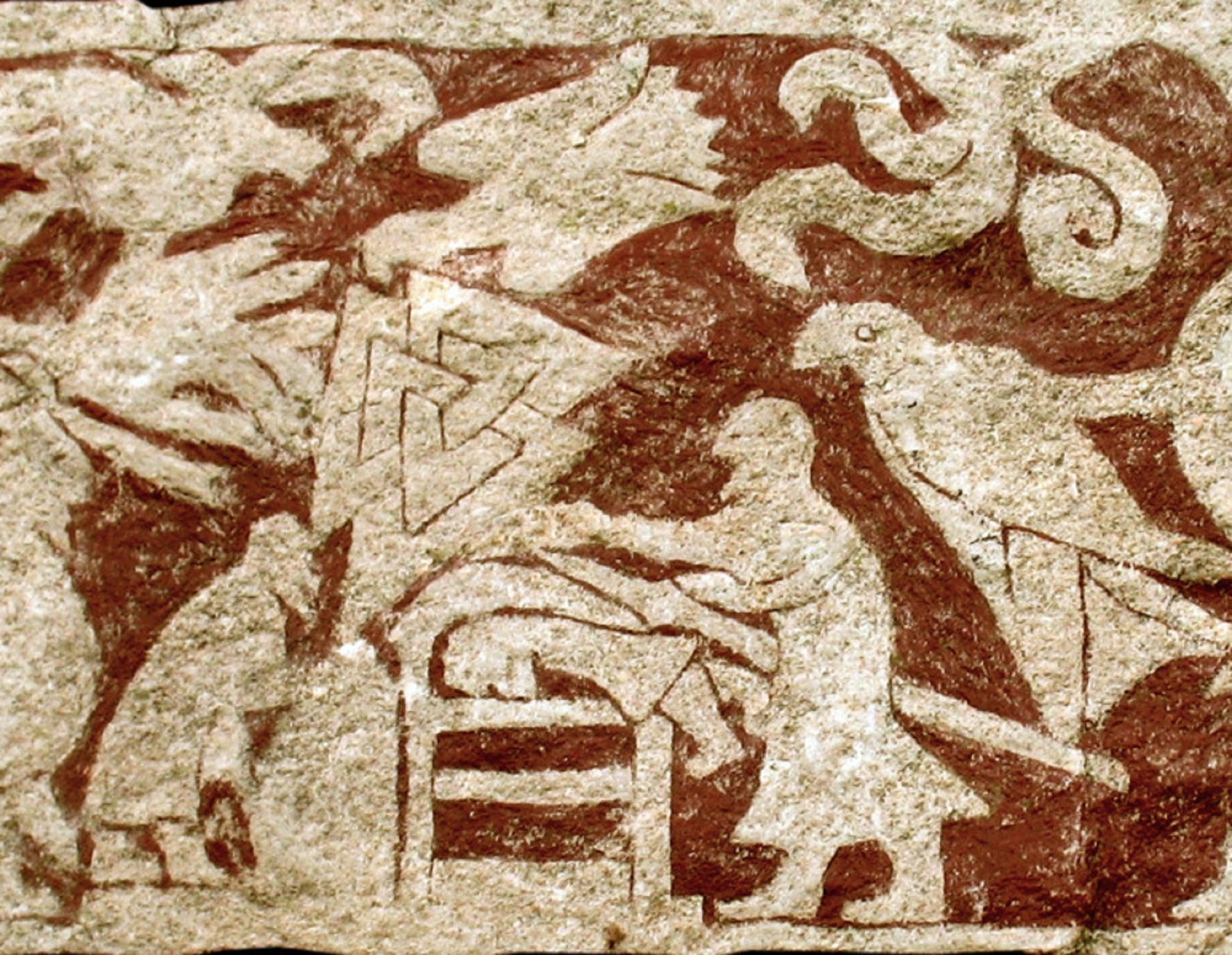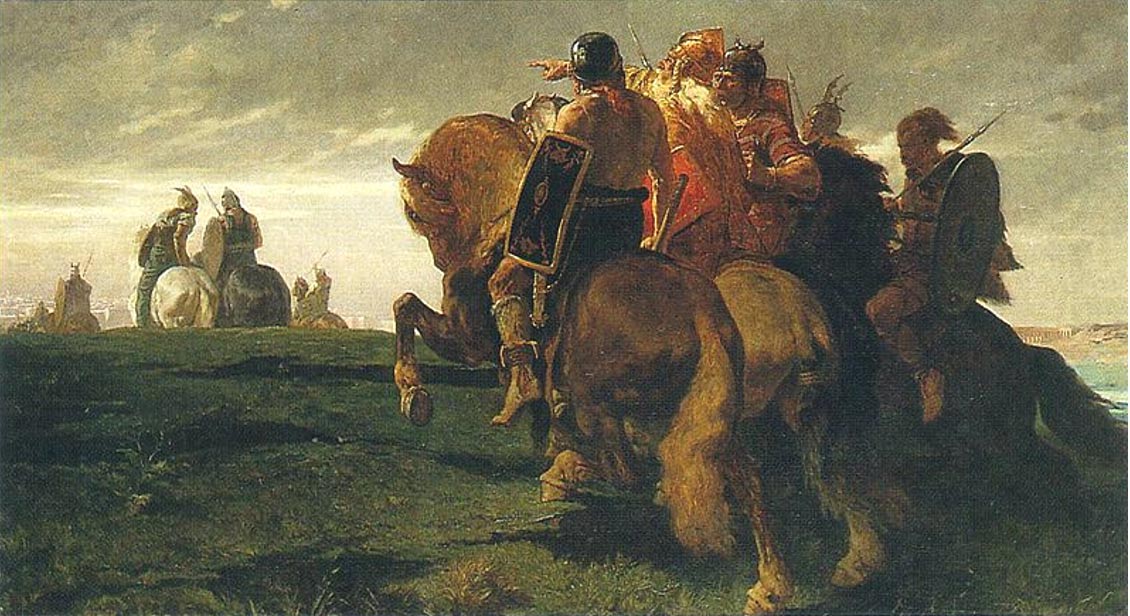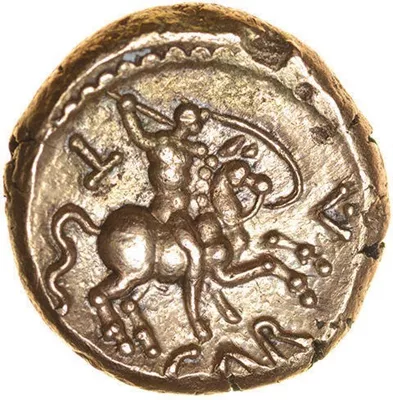
Being someone who has studied the different variations of the Runes for years I have also enjoyed learning about the Runestones of Scandinavia. These monolithic stone carvings are believed started as early as the 4th century CE but the vast majority were created and raised between the 10th and 11th century CE in what would be the late Viking Age. These Runestones sometimes tell a story but mostly are a dedication either in Pagan context or Christian but some are a fusion of both. The thing I like most about them is how each is so unique from the next and I have several friends in Scandinavia who share videos and photos of them with Runestones that allows me to virtually tour these amazing pieces of Viking age history. So with that said I would like to dive into what they are about, importance and all there is to know about the Runestones of Scandinavia.
Runestones: Words from the Viking Age
Remnants of Scandinavia’s Viking past are scattered throughout the countryside of Sweden, Norway, and Denmark. Among the most intriguing are the stones covered in Viking runes that give a glimpse of the culture and society of the era.
According to the Swedish National Heritage Board, there are about 7,000 runic inscriptions in the world, of which roughly half are Viking Age runestones. Runestones were most commonly raised as memorials to deceased relatives and friends, but they were not burial markers. Instead they were often placed close to roads or other communication routes. The first runestones were raised in Sweden and Norway as early as the third or fourth century A.D., but most were raised during the later Viking period in the 10th and 11th centuries.
Runestones are the oldest existing original works of writing in Scandinavia. Originally they were written in a script consisting of 24 characters, known as the Elder Futhark (f-u-th-a-r-k being the sounds represented by the first six characters). Beginning in the early eighth century, this writing system was replaced by a revised alphabet, known as the Younger Futhark, with just 16 characters. Most of the runestones found in Scandinavia use the Younger Futhark. Although the standard version of this alphabet is the one typically used on runestones, there is also a variation of the Younger Futhark called short-twig runes that was used for everyday messages carved on wood. Continue reading HERE.

The erection of the Jelling runestone by King Harald Bluetooth in the 960’s is usually seen as the beginning of this tradition, although the majority of the runestones were erected in the 11th century.
These runestones could be non-zoomorphic or zoomorphic in nature. Those that were zoomorphic had decoration in Ringerike style or in Urnes style. The inscription usually begins by stating who had the stone erected and in whose memory it was made. These inscriptions include both pagan and Christian dedications. Those with a Christian cross tending to be earlier in the sequence of Christian dedications, as if it were important to show that the person was Christian. Later Christian dedications tend to end with a simple prayer. SOURCE.
As I said in the beginning of this post that I have several friends in Scandinavia who share this passion regarding Runestones and one specific friend I refer to as my go-to friend in Sweden when it comes to this subject as well as Scandinavian Petroglyphs. She is known on Instagram as MooseLady and if you share this interest she is someone I highly recommend following. She is currently a Cultural Heritage History and Archeology student which makes her posts and even discussions in her IG story that more fascinating regarding the subject which really shows how well she presents her own studies of the Runestones. I also highly recommend checking out her Etsy shop which I own a few items from her.

Further Resources


















